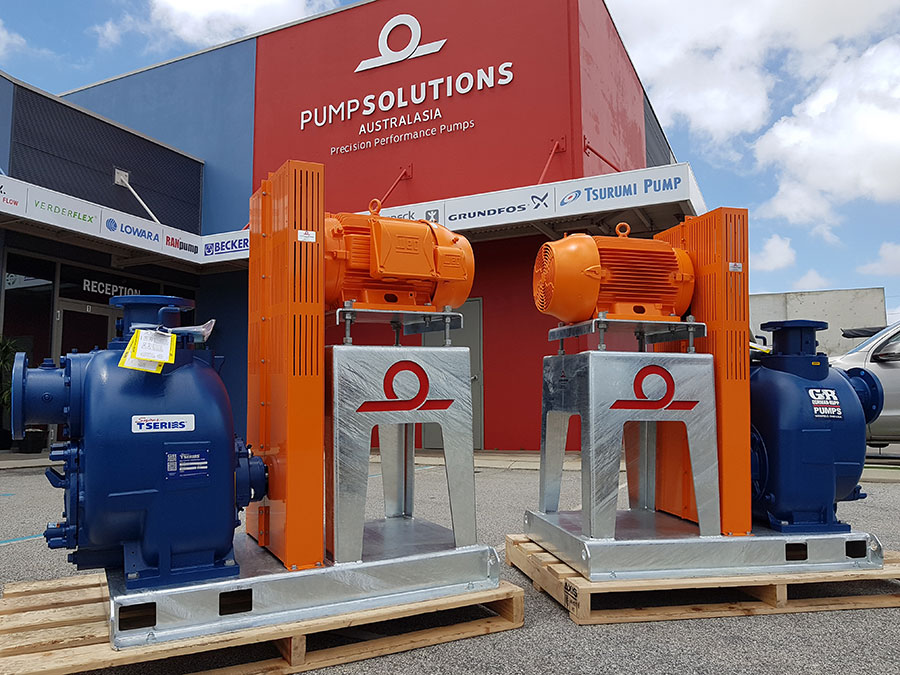While pumps are invaluable machines to use in many different lines of work, there is no denying that there is a cost to running one continuously. The cost is worth it for all of the benefits that you receive from the functioning of the pump, but knowing what exactly the cost is can help you work the pump’s operations into a budget.
Also knowing how much you pay can help you minimise this cost. You can determine the cost of running your pump with the figures of how much power is consumed and the flow rate of the pumped liquids.

Gathering the Figures
The two main figures that you need to have in order to calculate the cost of operating your pump are the power consumed by the pump and how much liquid is being pumped per second. There are easy ways to figure out how much power the pump is consuming. Some pumps include a power meter attached, but more often than not, you will need to track it on your overall power meter or check the most recent electric bill.
Measuring the flow rate of the pump is easy as well, as you just need to keep track of the water meter on the pump for either one cycle or about half an hour, and divide the number of litres pumped by the seconds in that period of time.
Calculating the Cost
Once you have both of these figures, there is a formula for discovering the exact cost of running the pump. Simply divide the two figures and you’ll have the kilowatt hours per millilitre, which is the unit of measure for pump costs.
Knowing how much the pumping costs can help you determine how efficient your pump is. If the cost is abnormally high, then there may be a problem with the pump or things you can do to decrease cost and increase efficiency.
Counting the Cost
Constantly running a water or other sort of pump can create significant costs for the owner of the pump. Knowing this cost however, which can be done by calculating using kilowatts per millilitre, can help you determine how efficient the pump is and what can be done to make it better.
For more information about pump costs and how to boost efficiency, call Pumps Solutions Australasia in Perth: 1300 922 973.
